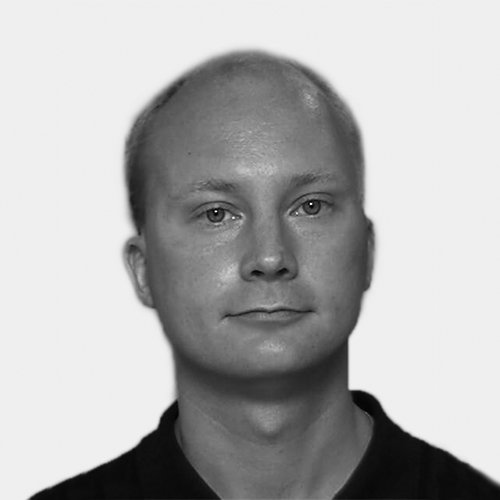
Interview with Håkan Hallberg, new member of LIGHTer Academy
The LIGHTer Academy network welcomed three additional scientists to the network during the fall of 2018. Håkan Hallberg, at the Division of Solid Mechanics at Lund University, is one of the new members. Håkan works at Lund University with numerical simulations and experimental investigations of the microstructure in metallic materials.
What made you apply for membership in the LIGHTer Academy network?
The LIGHTer Academy network provides an interface between academia and industry that is valuable, both for me as an individual researcher and also for the development of Swedish research in lightweight technology and for the competitiveness of Swedish industry as a whole. Within LIGHTer and LIGHTer, there are also a very nice possibilities to form research collaborations.
How can your competence contribute to LIGHTer Academy's multidisciplinary scope?
The members of LIGHTer Academy together represent an impressive span of expertise. My hope is to complement this through my own research focus on computer-based modeling and simulation of materials at different length scales, coupled with experimental investigations and applied to industry-relevant processes. Mainly looking at metallic materials, I expect my ongoing research on aluminum alloys to be of particular relevance to LIGHTer. Also applications in manufacturing processes, such as additive manufacturing using lightweight alloys, will be important.
What three challenges would you say are the most current for academic lightweight research in a 10-year perspective?
Through additive manufacturing (AM) we have gained access to manufacturing processes that enable lightweight construction by optimizing the geometry of the manufactured parts. A less explored implication of AM is that the meaning of the term "material property" needs to be reinterpreted. In traditional (subtractive) manufacturing, a raw material is used and a component is manufactured by gradual removal of the material. In AM, on the other hand, the material is manufactured concurrently with the geometry. This poses challenges, for example, when it comes to controlling the AM process. On the other hand, AM also holds opportunities to seamlessly vary the structure and composition of a material in different sections of the same component. Herein lies great development opportunities.
A second challenge, related to the previous one, is sustainability. Now that we are getting better at producing materials with optimal properties, we must become equally skilled at handling and reusing these materials when they have served their purpose. For example, pure aluminum is very favorable to use from a recycling perspective. However, to get the material properties we want, metals are alloyed and their chemical composition changed. Different composite materials combine different materials that must be handled in different ways during recycling. Modifications such as these make recycling of the individual materials increasingly difficult and thus more expensive.
A third challenge for academic lightweight research related to metals is to develop and make better use of the possibilities in materials made of, for example, amorphous metals (also known as "glass metal"), metal matrix composites and metal foams. Much remains to be done in terms of better exploiting the advantageous properties of these materials.
What do you think is important in LIGHTer Academy?
As mentioned, the interface between various academic parties and the industry, offered by LIGHTer Academy network, is very important. In addition, LIGHTer Academy is a Swedish academic network within lightweight research that provides further opportunities for research collaborations and for knowledge transfer. LIGHTer Academy's structure and financing model also favors the development of research environments, with a focus on lightweight technology, which would otherwise be more difficult to form.
How can LIGHTer Academy contribute to your research?
I foresee very nice opportunities to combine the research I do with the areas of expertise of the other academy members, such as experimental material analysis, to reach even further along the various research tracks. I also know, from own experience, that discussions and collaborations within networks such as LIGHTer Academy generate ideas, both on how different research issues can be approached and for entirely new perspectives in research.

